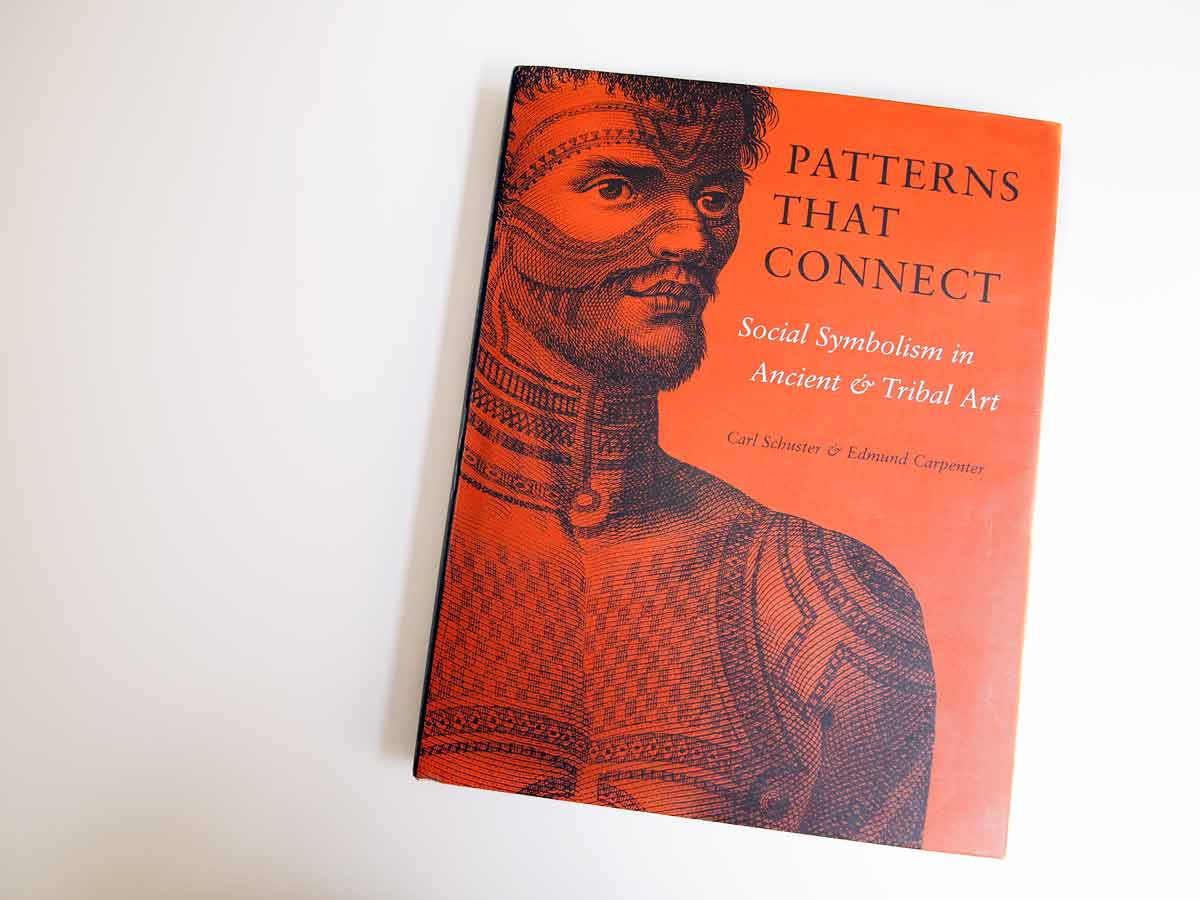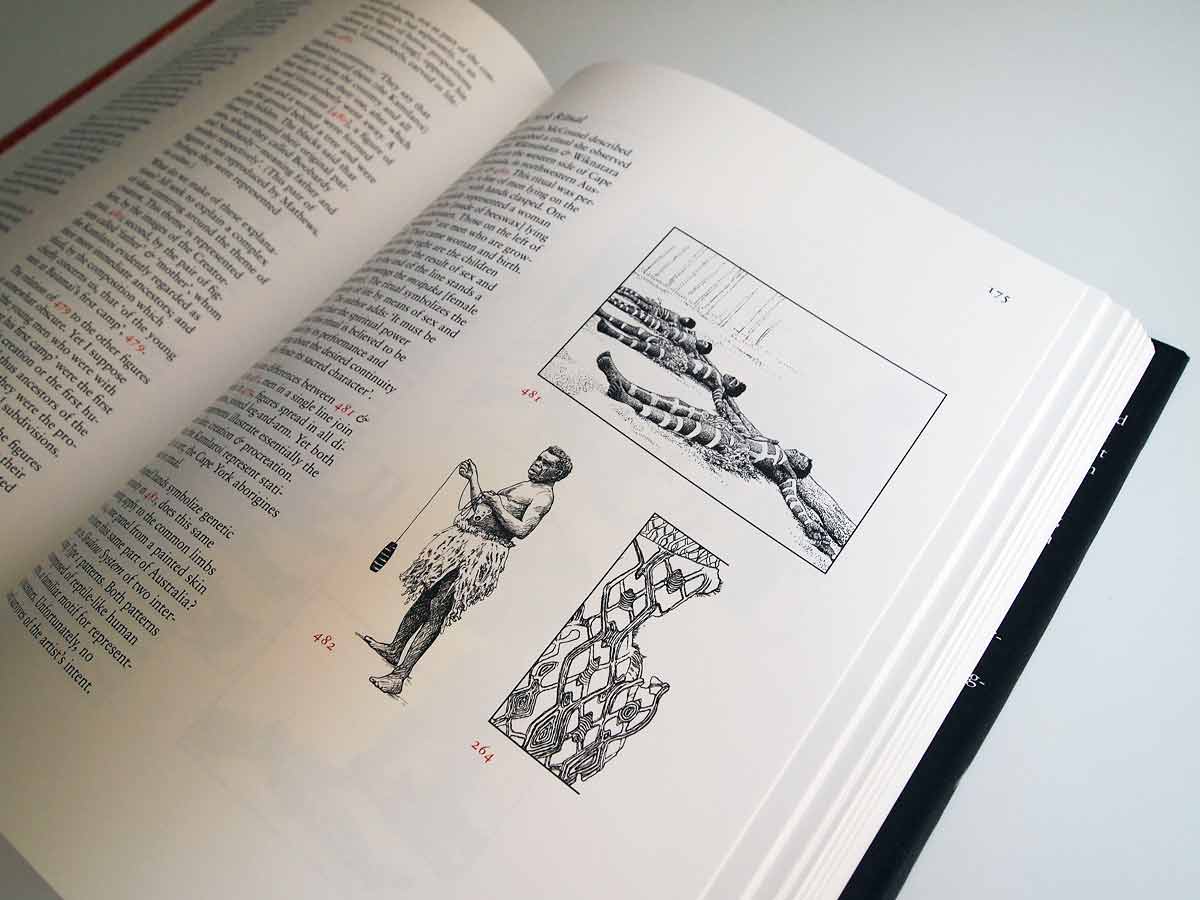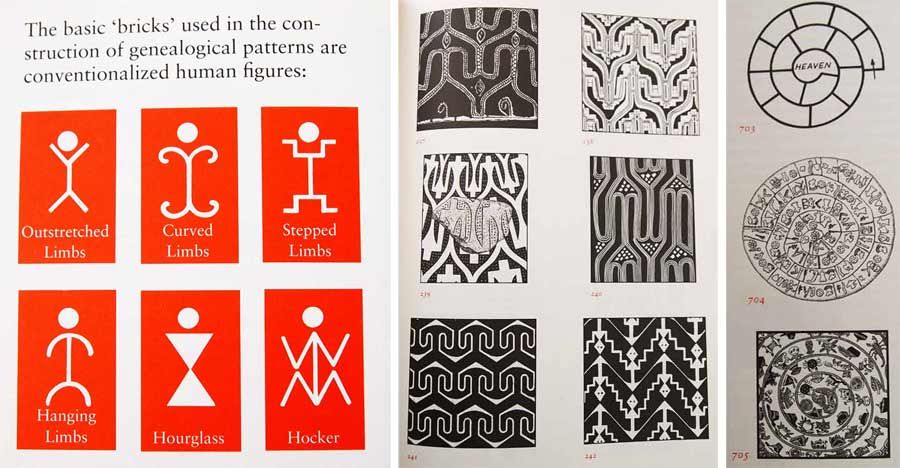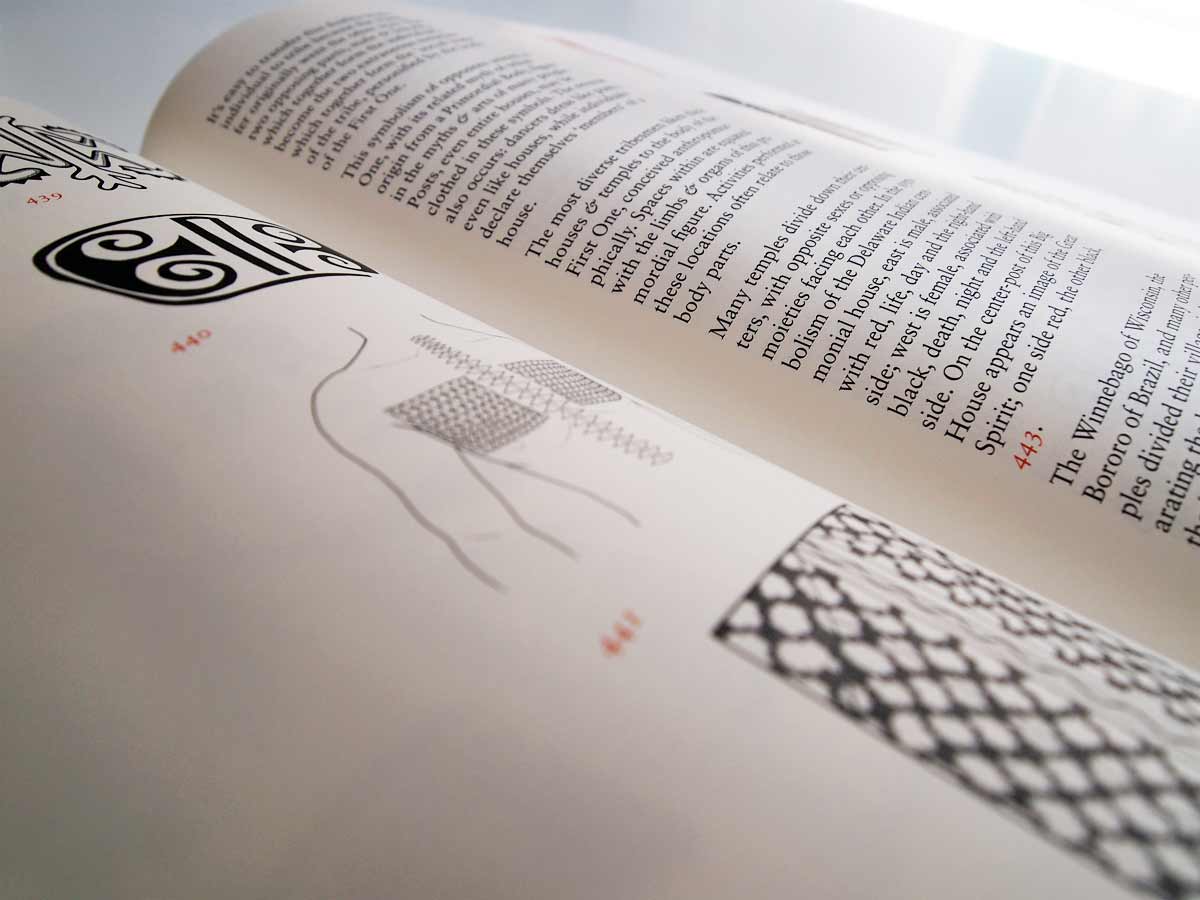Patterns That Connect: Social Symbolism in Ancient & Tribal Art
A comprehensive study of tribal art


American art historian Carl Schuster spent more than three decades traveling the world exploring tribal customs and patterns, gathering ancient tribal art and artifacts along the way. Though his goal was to illustrate the intrinsic human connection to artistic expression in an anthropological study, Shuster never managed to compile his research into a cohesive form. With the help of a fellow anthropologist, Edmund Carter, who transferred Schuster’s notes and musings, they were able to transform Shuster’s work into “Patterns that Connect: Social Symbolism in Ancient & Tribal Art“, a seminal book from 1996 that provides evidence and examples to support the scholar’s theories on our natural connection to art.

Comprehensive and comparative, the study contains a total of 1,023 illustrations, featuring sculpted figurines, garments, carved stones, paintings and body decorations from cultures and tribes around the world. Schuster labors to decode this complex iconography in notes and analyses that accompany the images, providing insight into the surprising unity of human society.
According to Schuster, tribal designs such as the ubiquitous zig-zag motif and artifacts such as “Y-posts” are really attempts to record family lineage, not meaningless doodles or objects meant for play. Of the continuous patterns generally used in ceremonial and even everyday garments Schuster remarks, “This is a graphic representation of the puzzle of procreation itself, in which there is neither beginning nor end.”

In contrast to the common anthropological idea that each culture is singularly unique, Schuster argues that since these designs did not just occur in isolated cultures, but were widespread across the earth at different time periods, they are proof of a collective human instinct. Schuster further pushes his theory by positing that ancient patterns continue to survive and are in fact relevant today. Stacked chevrons, for example, ubiquitous in several tribal cultures, are used as modern military insignia denoting rank. Another extension of this relevance appears in modern tattoos, textiles, fashion and art, which all seem to draw from frivolous and innocuous patterns that are actually saturated with hidden meaning through their connection to our tribal past.

A hefty tome in and of itself, Schuster & Carpenter’s “Patterns That Connect,” is intended for more than casual students of anthropological beauty (I discovered it in the library of New Mexico-based artist Judy Tuwaletstiwa). It’s out of print but a good copy can be found for around $100. Those even more serious about the discipline will want to check out the monumental work from which “Patterns” is derived, the 1986 “Materials for the Study of Social Symbolism in Ancient and Tribal Art,” which consists of twelve books in three volumes. Alibris is a good place to start your search.












